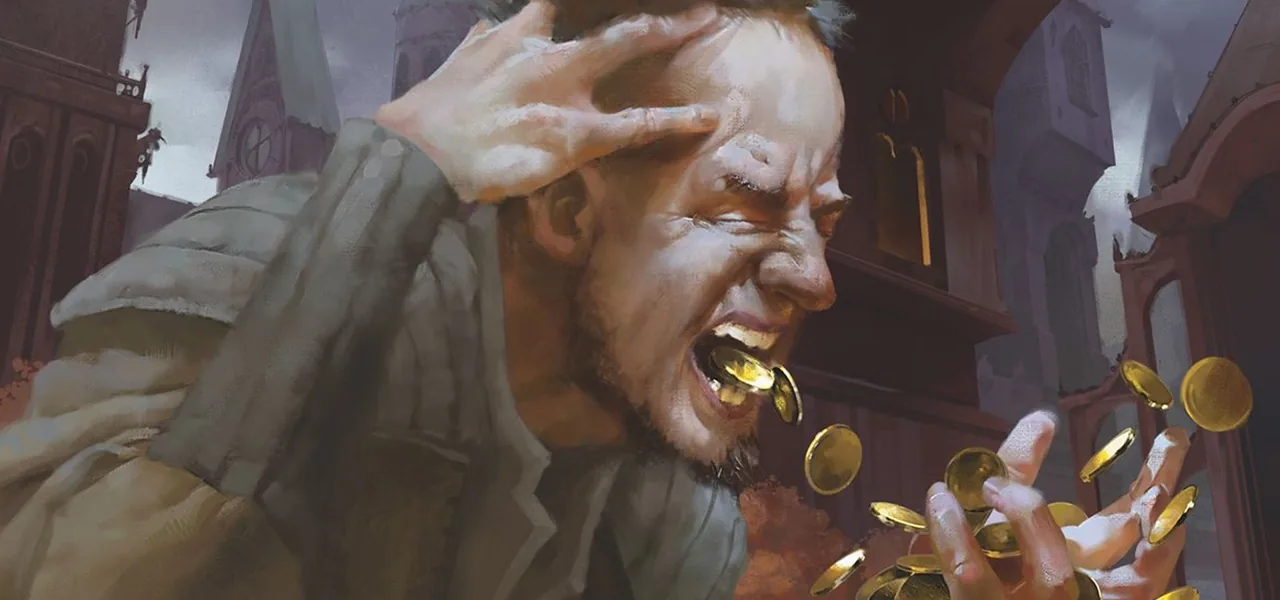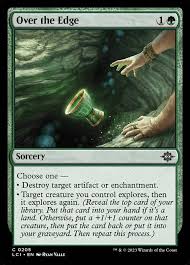Unlocking Magic’s Financial Secrets: How Traders Flip MTG Cards for Real Profits

Magic: The Gathering is far more than Friday night fun. Beneath the card sleeves lies a thriving $1.3 billion resale ecosystem, where the sharpest minds operate more like market analysts than casual players. Want in? Here’s how seasoned flippers and speculators are treating their binders like Wall Street portfolios—without needing a finance degree.
Understanding the Market Rhythms
1. The Pre-Release Bubble
Prices often soar around two weeks before a new set drops. This is when FOMO hits hardest. Most cards lose half their value shortly after release—so this is your window to sell into the excitement, not buy into it.
2. Early Access Crash
By week three or four post-release, most prices cool off significantly. That’s the sweet spot to pick up format staples at steep discounts—often 25% to 40% off launch hype.
3. Competitive Circuit Spike
Modern and Pioneer can make or break a card’s price. A forgotten rare that top 8s a major event? It might triple or more overnight. Staying plugged into MTGO league dumps is one of the fastest ways to identify breakouts before the herd catches on.
4. Post-Rotation Resurrection
Standard rotation sends cards plummeting—until Commander players start mining old sets for hidden gems. Six months out, those bulk rares start creeping back into relevance. That’s your signal to go wide on potential future all-stars.
Advanced Flipping Moves
Buylist Gaps
When vendors adjust pricing out of sync with one another, there’s a window for buylist arbitrage. Tools that track several buylists side by side help you spot 15–40% spreads, especially during ban windows or metagame swings.
The Commander Sleeper Angle
EDH popularity drives long-term demand. That janky, overlooked rare? A single YouTube deck tech can turn it into a $15 card. Timing is everything—grab those obscure legends before the algorithms catch wind. (Tergrid, anyone?)
Error Cards and Oddities
Printing mistakes aren’t trash—they’re collectibles. From miscuts to ink bleeds, factory flaws can command 10x+ premiums in niche communities. Hunting through lesser-known Facebook groups or Reddit exchanges can yield absurd ROI.
Tools That Give You the Edge

MTGStocks: Keep tabs on movement and set up custom price alerts.
EchoMTG: Break down your collection’s total worth, trends, and speculation potential.
Distill.io: Automate notifications for restocks or price changes from your favorite shops.
Jason from MTG Fast Finance didn’t get lucky—he made calculated plays. Starting with just five grand, he scaled his cardboard hustle into $87K across three years by mastering these principles.And no, the Reserved List isn’t the only game in town. Liquidity matters. Modern and Commander staples tend to move faster—and spike harder.
Today’s Hot Target? Check the new Urza lands from Modern Horizons 3. They’re quietly being scooped up by whales, and yes—they may just be the next fetchlands.
Looking for fresh undervalued picks? https://mtgetsy.com runs predictive analytics to surface low-hype, high-upside singles before they break.



